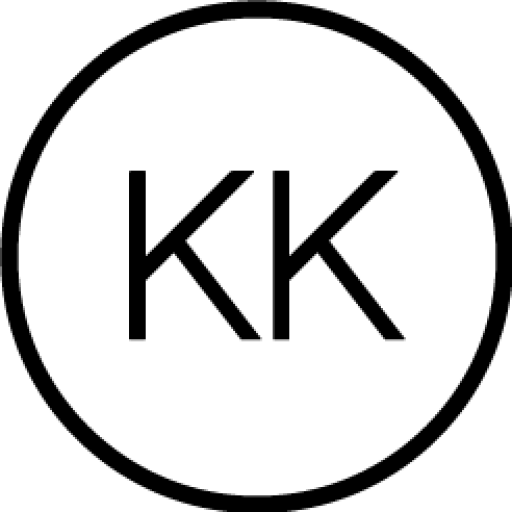Password Request
If you’re interested in learning more about the case studies that require a password, please reach out via the form below. I’ll respond ASAP with the necessary password to view the content.
Implementing Design Systems for Frictionless UX
This case study examines how The Home Depot enhanced UX on its product pages by implementing its design system. The focus was on two key areas: optimizing the desktop sticky navigation and improving the mobile web “Add to Cart” drawer.
Prior to the redesign, users faced friction when navigating product details and completing purchases due to inconsistent design elements and slow interactions. By leveraging the new design system, the desktop sticky navigation was made more intuitive, ensuring it remained accessible and responsive as users scrolled. On mobile, the “Add to Cart” drawer was redesigned for greater responsiveness and visual coherence, streamlining the checkout process.
The result was a more seamless, frictionless experience that reduced bounce rates and led to higher conversion rates. The implementation not only improved usability but also reinforced brand consistency across devices, delivering a polished, cohesive experience on both desktop and mobile.
This case study demonstrates how a well-structured design system can address key pain points and create a smoother, more engaging user journey, driving better business outcomes.
Enhancing Navigation, Information Architecture, & Scalability
We redesigned the Home Depot header because it plays a critical role in engaging users. It receives an impressive 65 million monthly interactions, with over 80% focused on search, cart, and localization features. This presents a significant opportunity for optimization. The last major update was in 2016, and given the rapid evolution of technology and web trends, an update is long overdue.
As one of the leading home improvement retailers in the United States, Home Depot is committed to providing customers with everything they need for their DIY projects. Our website must remain optimized for user convenience, findability, and scalability as the company grows. This redesign improved the header’s navigation, appearance, and technical foundation, ensuring its performance, scalability, and ability to adapt for future innovations. Additionally, it will maintain consistent branding across both B2B and B2C interactions. Overall, this marks a crucial moment for a comprehensive revamp of the header, positioning us for continued success.
Utilizing Jira for Task Management
In this case study, we explore how Jira was used unconventionally to streamline the onboarding process and task management for a newly hired UX designer. Traditionally, Jira is used for story tracking in an agile environment, but this time, it was leveraged to enhance task clarity and break down assignments into actionable to-do lists.
By creating detailed task breakdowns in Jira, the new hire quickly understands their assignments and tracks progress more efficiently. This approach allowed the designer to ramp up faster, with clear expectations and reduced confusion.
This case highlights how customizing tools like Jira to fit team needs can streamline onboarding, improve task management, and help new team members integrate more quickly and effectively.
